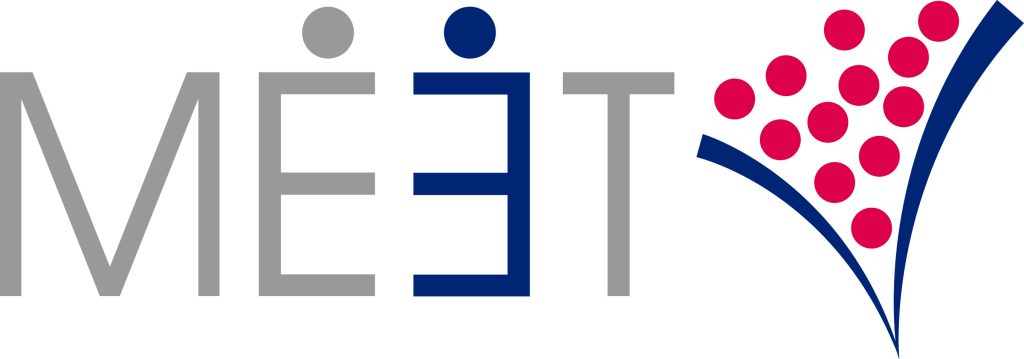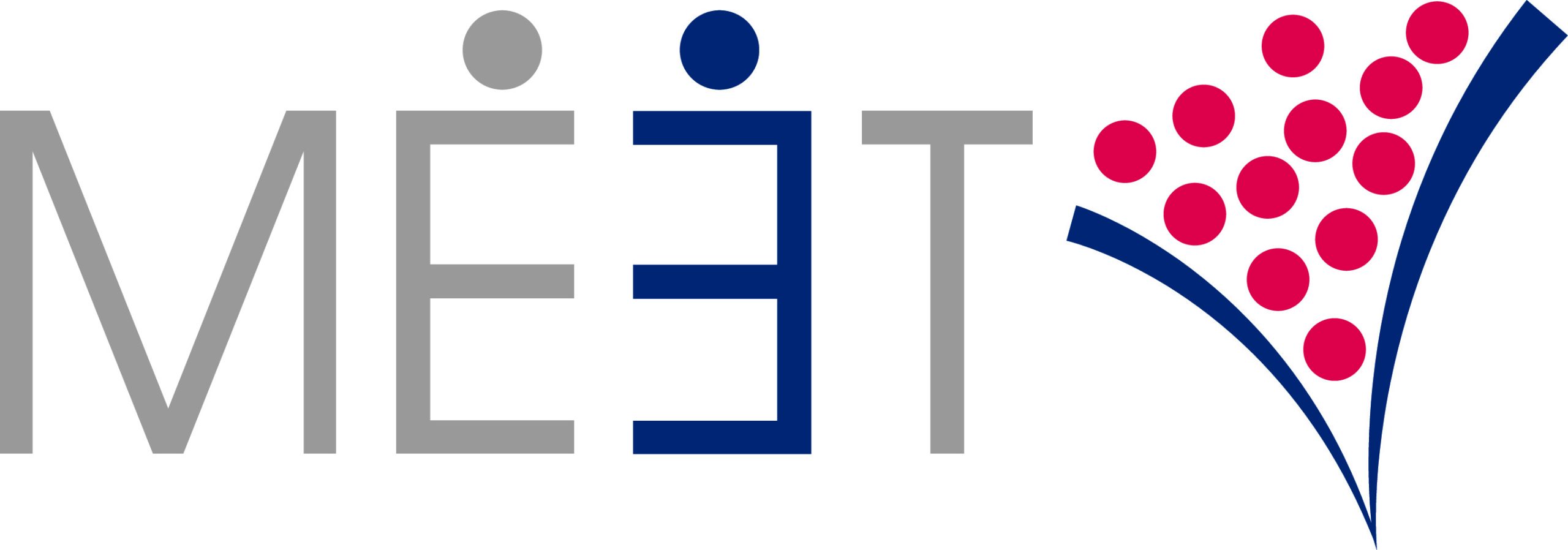Getting a Poor Response from Your Trade Show Follow-up?
With 75+ years of experience in trade shows and in-person events, one of the most common questions we get asked is “Why are people who express interest in us at the trade show, not responding to our follow-up emails?” At MEET, we believe there are a number of factors that contribute to poor follow-up response rates. The first and most common reason is that the person you are targeting was never a prospect, to begin with. Prospects vs. suspects As discussed in our previous post: The Top 5 Mistakes Trade Show Exhibitors Make, thinking that “everyone” is a prospect is among the most common mistakes. In order to qualify as a prospect, individuals must meet three criteria. They must have a need, the resources (money) to fulfill that need, and urgency. To simplify, we like to use the phrase: NEED MONEY NOW The most common reason why people do not respond to trade show follow-up is that they do not have a need, the resources, and/or urgency for your solution. Even those who have a need for your product and the money purchase it will not qualify as a prospect today if they lack urgency. A trade show strategy that fails to target true prospects and instead aims to engage high volumes of trade show participants (also known as suspects) is more likely to result in poor follow-up response rates. How do you improve your trade show response rate? Another question we often get asked is “How can I distinguish real interest from fake?” The best way to ensure that people you enroll at a trade show are truly interested in your product or service is to develop an offer that addresses the number one problem that keeps them up at night. In the B2B world, this will be the aspect of their business they feel most challenged by. Do your homework. By taking the time to identify buyer personas that help you identify your ideal customers’ greatest challenges, you will have a unique opportunity to develop an offer that speaks directly to their needs, triggering them to self-identify as a prospect on the trade show floor. Prospects who self-identify in the face of a well-crafted offer are showing real interest in your product or service. For more information on crafting an offer that will attract your ideal customers and the value of testing different offers to improve your follow-up results, check out our Special Report: How to Maximize ROI with a Trade Show Strategy Plan, or reach out to us today. Maintain an efficient trade show follow-up strategy The final factor that may be causing poor response rates is an inefficient trade show follow-up strategy. We often hear people tell us that they like to give prospects a few days to “settle back into the office” after a show before they follow-up. This is a huge mistake if for no other reason than the longer you wait, the more competition you’ll have for someone’s time. For a moment, put yourself in your prospect’s shoes. You arrive at a show with a short list of urgent problems you’re aiming to solve. You meet a handful of providers who could potentially solve those problems for you. The same evening the show ends, one of those providers sends you an email to set up a follow-up call. Now you can return to the office with a potential solution in the works. Everyone wins! You might be wondering, how is it possible to follow-up with every prospect immediately following a trade show? That’s where we can help. As part of a larger trade show strategy plan, MEET can help you design a series of post-event engagement tools that will immediately initiate the process of enrolling qualified prospects into your marketing funnel. We’ll also share our strategies for prioritizing prospects during an event to ensure you are using your time most efficiently. For more perspective on how to formulate a trade show follow-up strategy that works, check out our Special Report: How to Maximize ROI with a Trade Show Strategy Plan, or reach out to us today. About MEET (meetroi.com) helps international B2B growth companies soft land and scale in the U.S. through trade shows and in-person events. MEET’s processes help its clients ramp-up sales quickly and maintain a steady stream of high-quality prospects going forward. Contact Bill Kenney for a free, no-obligation consultation bill@meetroi.com or +1 (860) 573-4821.

